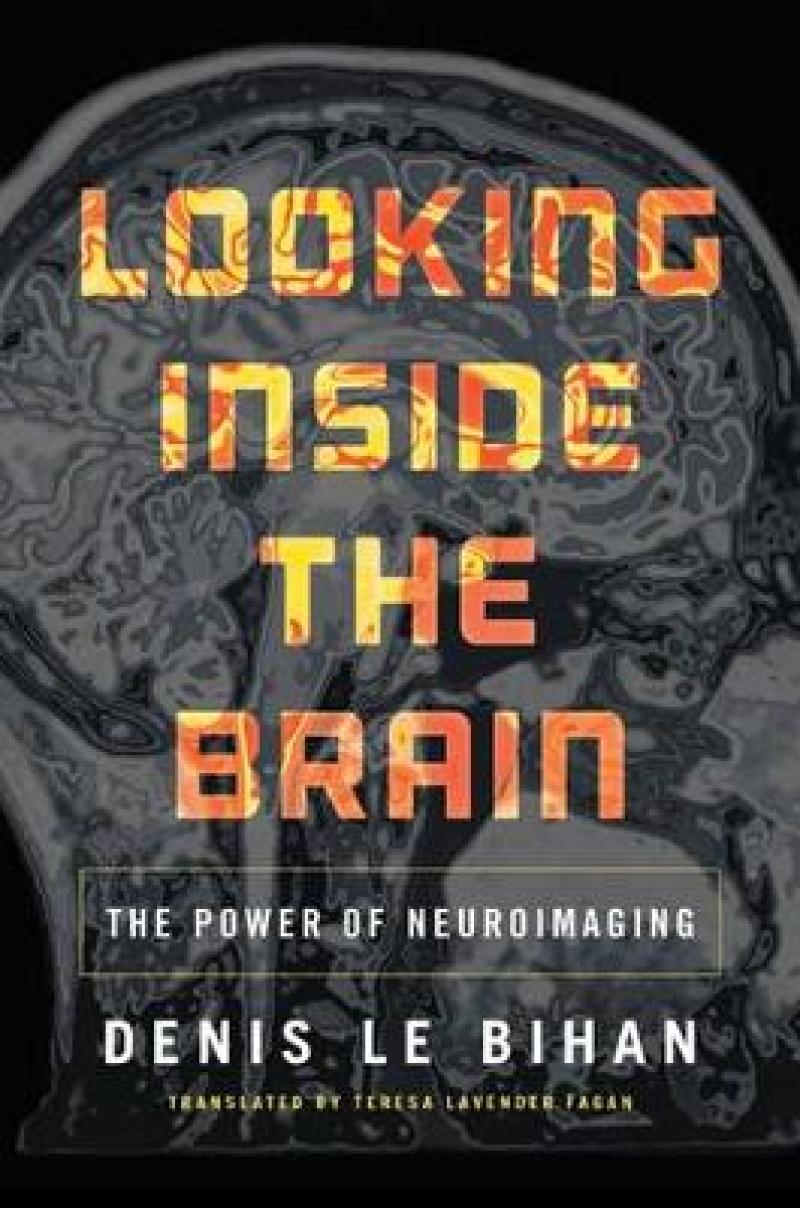"Who better to lead us into the technological wonderland of in vivo brain imaging than Denis Le Bihan, pioneer of diffusion magnetic resonance imaging (dMRI)? [A] densely factual narrative."--Barbara Kiser, Nature "Le Bihan, an innovative scientist whose research has led to bold advancements in the field of neuroimaging, explains the historical evolution of imaging technology... Le Bihan's book, which is packed with photographs and witty asides, is an accessible explanation of a complex, technological topic."--Library Journal "[L]ooking Inside the Brain introduces readers to basic neuroanatomy and sets out to explain how neuroimaging has helped scientists better understand human emotion, cognitive faculties, and neurological illnesses, including cancer and psychiatric disorders. Interestingly, Le Bihan describes the functions of these technologies through a probing account of the water molecule, whose fascinating properties make these technologies work. Besides the historical accounts of these technologies, the real value of this work is the author's forward-looking predictions regarding the future of these technologies and their continued evolution."--Choice
"Modern neuroscience provides daring insight into the incredibly complex organ that is the brain—insight based on vast volumes of data obtained by the most sophisticated technology. Le Bihan is uniquely qualified to tell the story of brain imaging, from both neurological and technical perspectives."—R. Nick Bryan, emeritus professor of radiology, University of Pennsylvania
